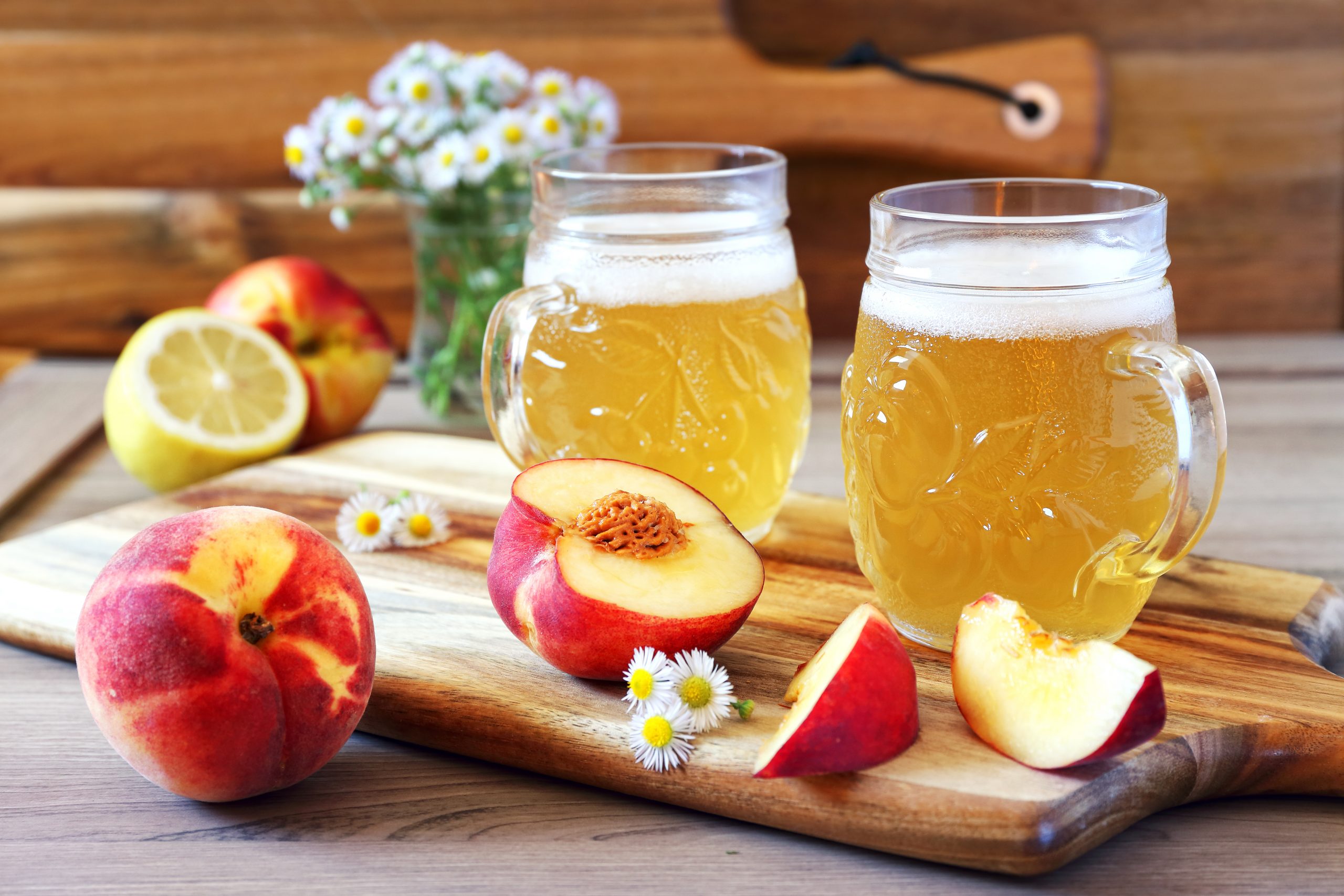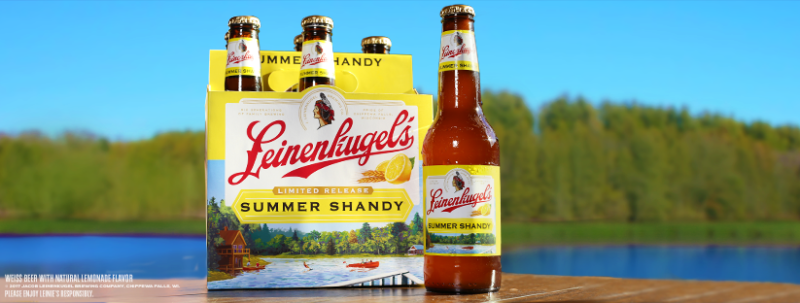
Culture
Understanding Shandy: Where Does Summer’s Most Refreshing Style Fit in Your Program
By Dave Eisenberg

By Dave Eisenberg

The spring and summertime mean much more for bars and restaurants than longer days and warmer weather. Critically, this is the time of year to update draft lists and menus to highlight more refreshing beers to help customers beat the heat. Because when it’s 80 degrees out, your average drinker doesn’t want a barrel-aged imperial stout.
As such, it’s all about refreshment. And it’s hard to think of a beer more synonymous with the warm weather months than the shandy, a pound-able, low-ABV libation made traditionally by mixing beer with lemonade or citrus soda.
But it’s not as simple as stocking a popular shandy brand and cashing in. The style has grown increasingly popular in recent years, yes, but those that make it say there’s still a lack of awareness out there. Because it’s a hybrid product of sorts, servers might not know how to answer certain questions. Such as: Is it a cocktail? Is it a flavored malt beverage, in the vain of Lime-A-Rita? Is it something else entirely?
“It has gotten more confusing since the flavored malt beverage space has grown,” says Cara Lauritzen, associate marketing manager for Leinenkugel, which makes Leinenkugel Summer Shandy. “There’s just more and more flavors, so people are confused.”
Therefore, bars can stand out from the crowd by cultivating a deeper understanding of both the style and the unique differences between individual products. With that, it should become easier to answer the key question of where the shandy fits in a given bar program.
On that first note, rest assured: Shandies are first and foremost beers. Bartenders can make them like cocktails with some mixology at the table, but those packaged for wide availability are brewed to taste the way they do. As in, they aren’t stable beers mixed after the fact and canned. Because many are made differently, however, talking about the style alone is simply too general a descriptive umbrella.
Take Narragansett’s cult favorite Del’s Shandy, for instance. The company makes the product using its own lager as its base beer. This may not sound like a differentiator, but it is. “Using that, it’s different from every other shandy,” says Mark Hellendrung, company CEO. “Most are wheat beers.” (Many wheat beers already lend themselves well to a slice of orange, making them a nice compliment to citrusy flavoring. You wouldn’t typically drop an orange wedge in a ‘Gansett lager.) Further, the lemon flavor comes from Del’s frozen lemonade, making the product a marriage of two uniquely Rhode Island brands.

The above-mentioned Leinenkugel Summer Shandy, meanwhile, is the clear industry leader, with some research indicating that it accounts for nine out of every 10 shandies sold in the United States. In fact, speaking with Good Beer Hunting (full disclosure: I’m a regular contributor to the site), Jeremy Danner of Boulevard Brewing credits the company with making “Shandy a word that people know” at all.
This isn’t merely trivia. Those on the production side of things want these stories told.
The answer to that question will vary from place to place. There are a couple things to consider, however.
Yes, it’s true that the shandy isn’t explicitly a summer style. Traveler Beer Co. specializes in shandies and has a number of year-round and colder-weather releases.
“There are certain flavors that people crave, like pumpkin spice in the fall, and we’ve found that there’s a way to straddle refreshment with flavors of the season,” says Kathleen Barnes, of Traveler. “For example, we brew an incredibly popular fall beer called Jack-O Traveler Pumpkin Shandy. It’s still light with the low 4.4% ABV, but also has the flavor profile that people seek out in the fall.”
So, if one were interested in carving out a niche as the winter shandy joint, there’s opportunity there. Stylistically speaking, however, and despite the newer wave of year-round offerings, the shandy has a well-established reputation for being a summer beer. And for good reason, given the light body, low alcohol content, and fruity flavors typically associated with the style. So come summer time, producers recommend stocking a few different options, space permitting, just as the average bar would with an IPA (because these days, you need a handful of those, too).
“Any on-premise account that gets any sniff of a summer vibe to it, whether it’s a patio or just some place people go before a baseball game or something like that, you’ve got to have this style on,” adds Hellendrung at Narragansett. “And depending on how much space you have and how creative you want to get, you should have a couple in there.”
Take food pairing into account as well. Lauritzen, of Leinenkugel, recommends pairing the style with any lightly fried appetizer. The sweetness of the style can also balance well with saltier meat-based dishes
Whatever you do, though, just remember that shandies and radlers aren’t the same thing. But that’s a story for another day.
For more industry tips and info on seasonal beverages, make sure to create your own BevSpot user account to stay up to date with the latest articles and guides.
